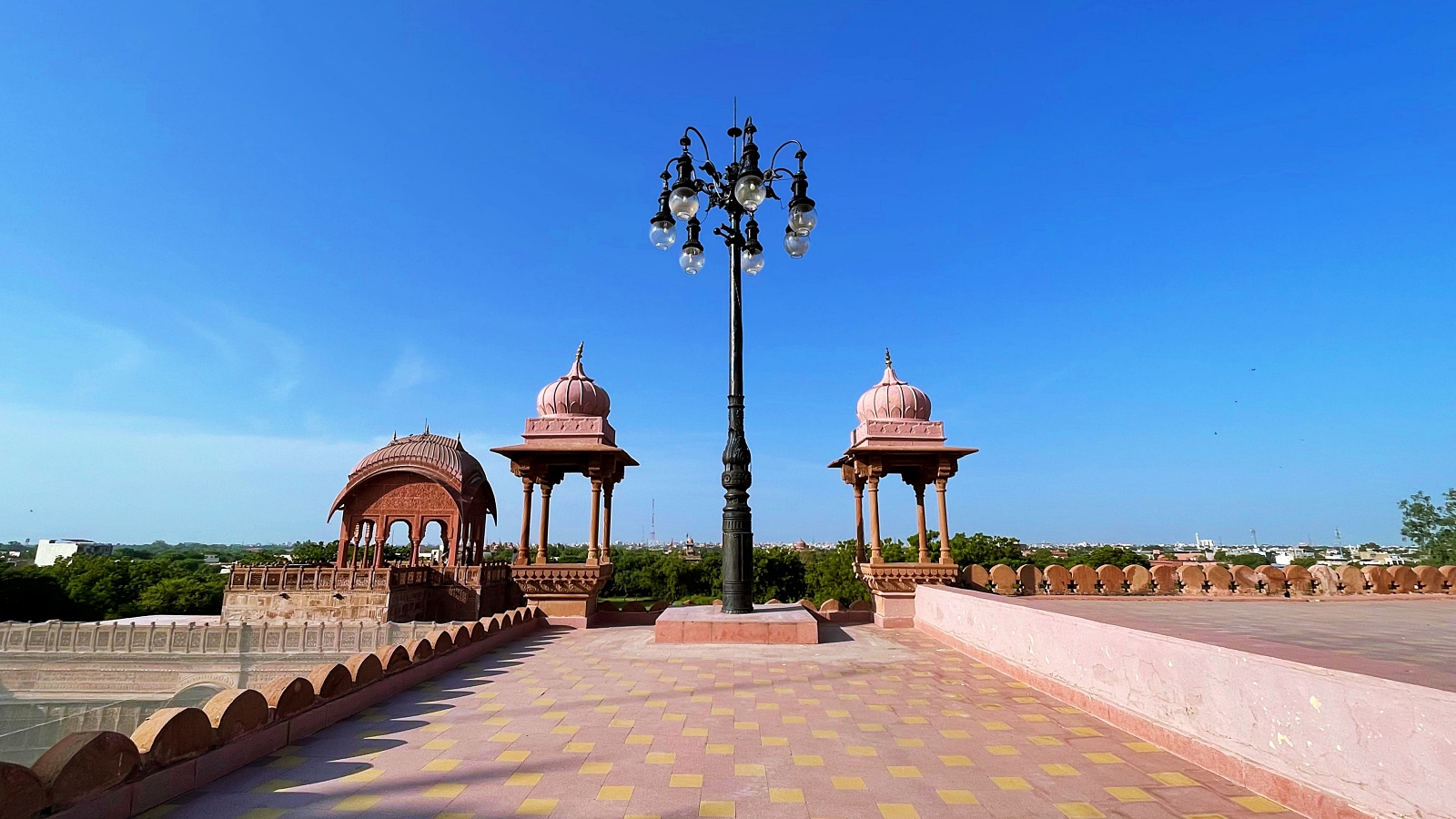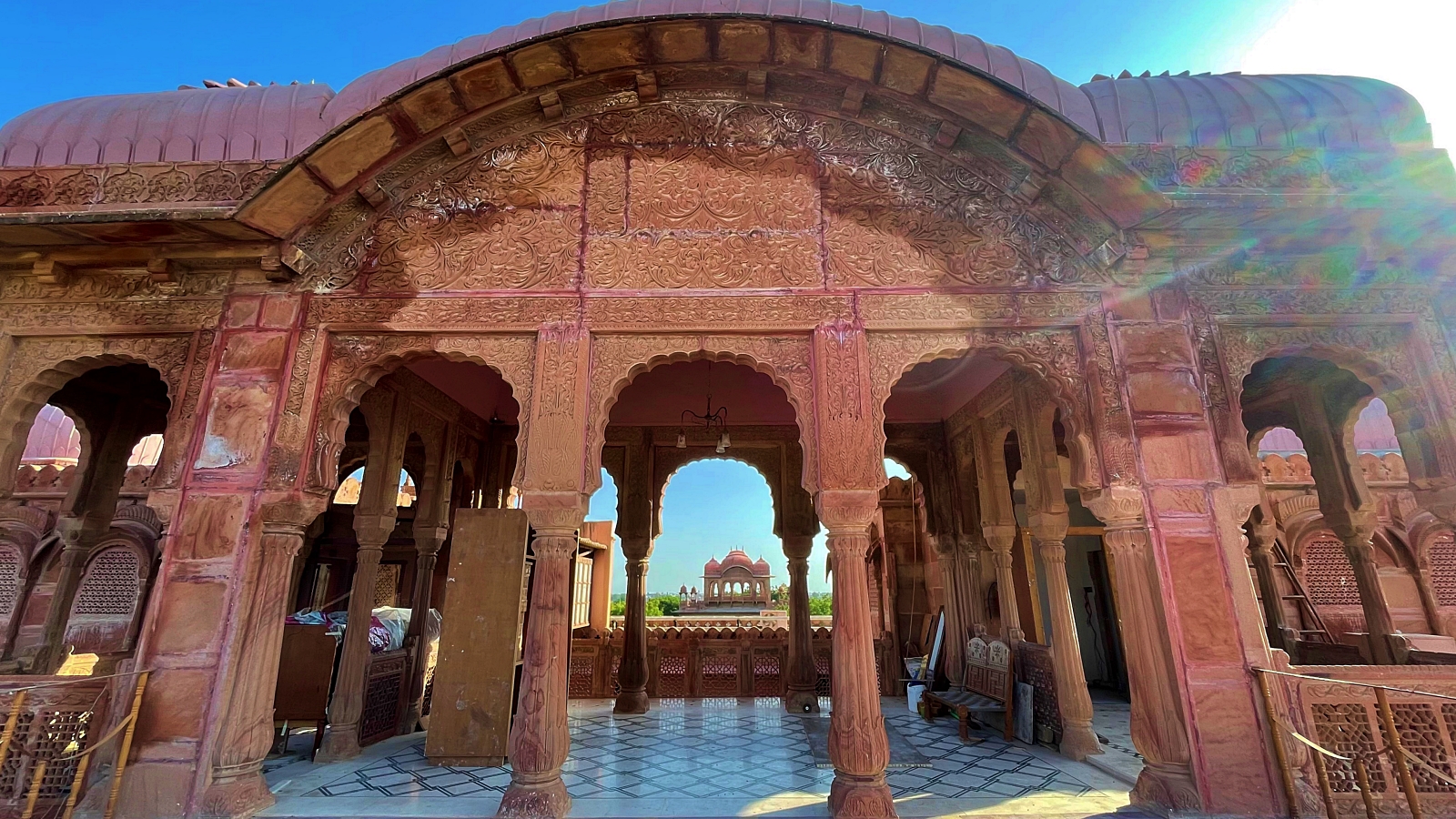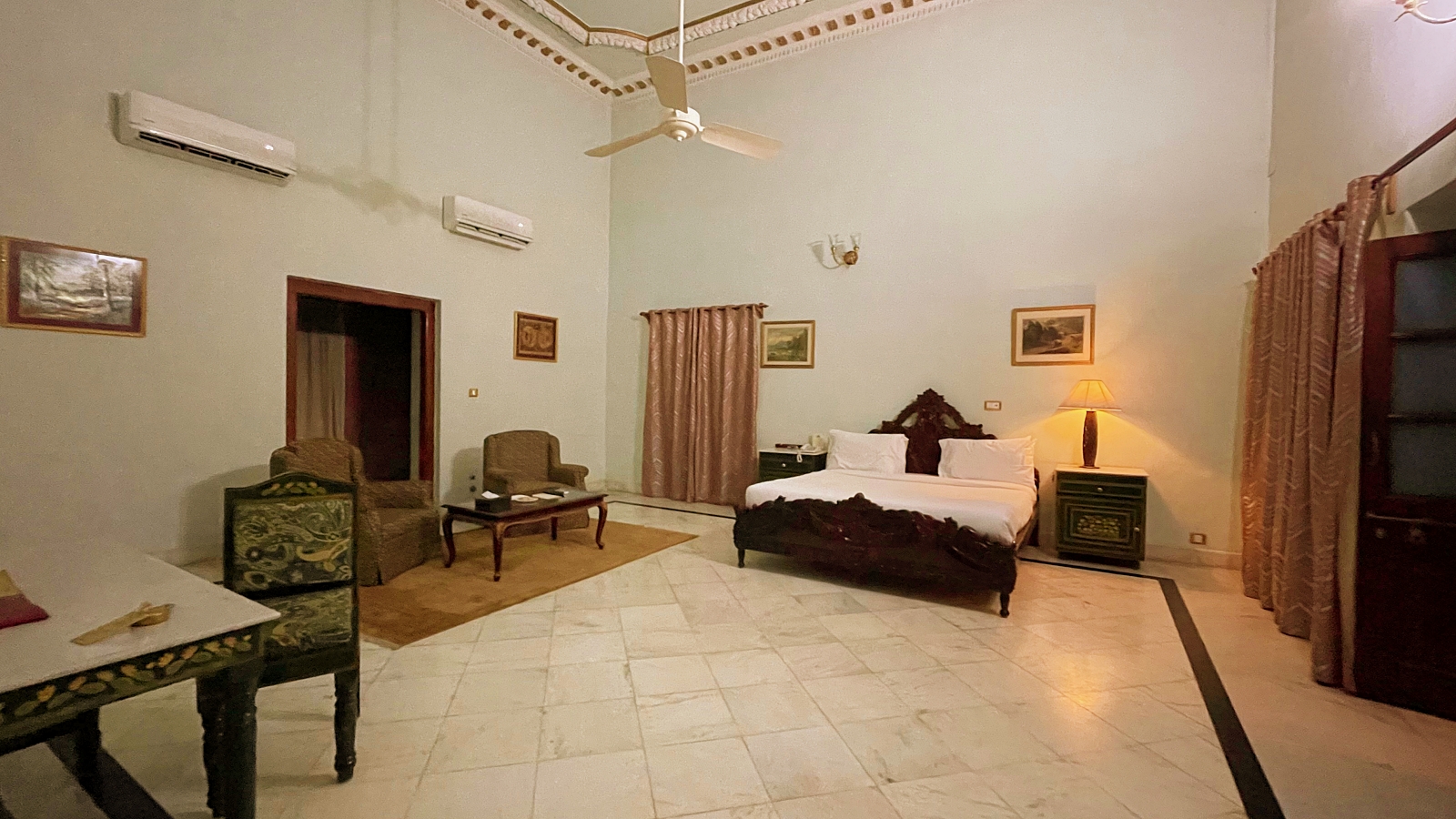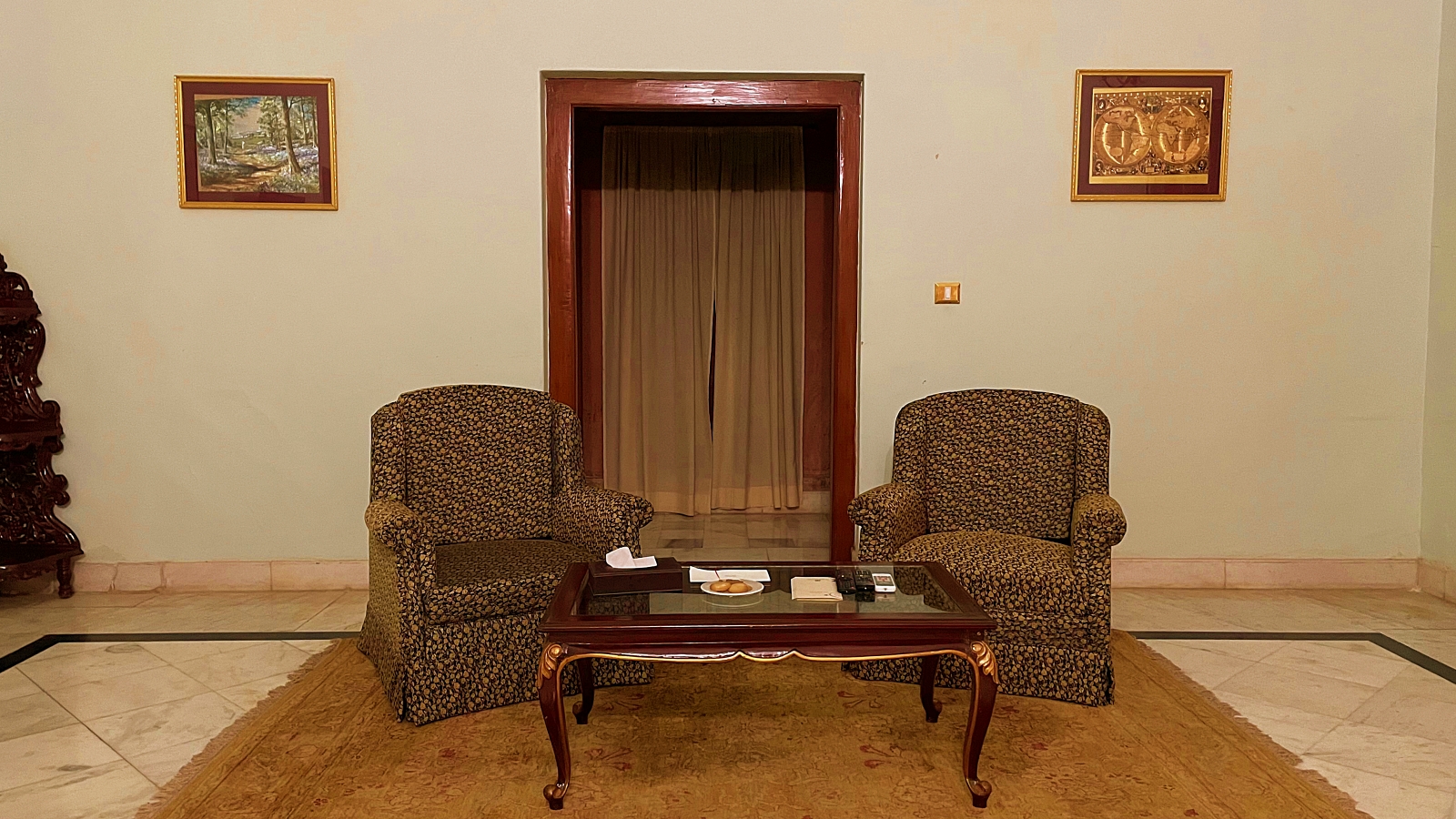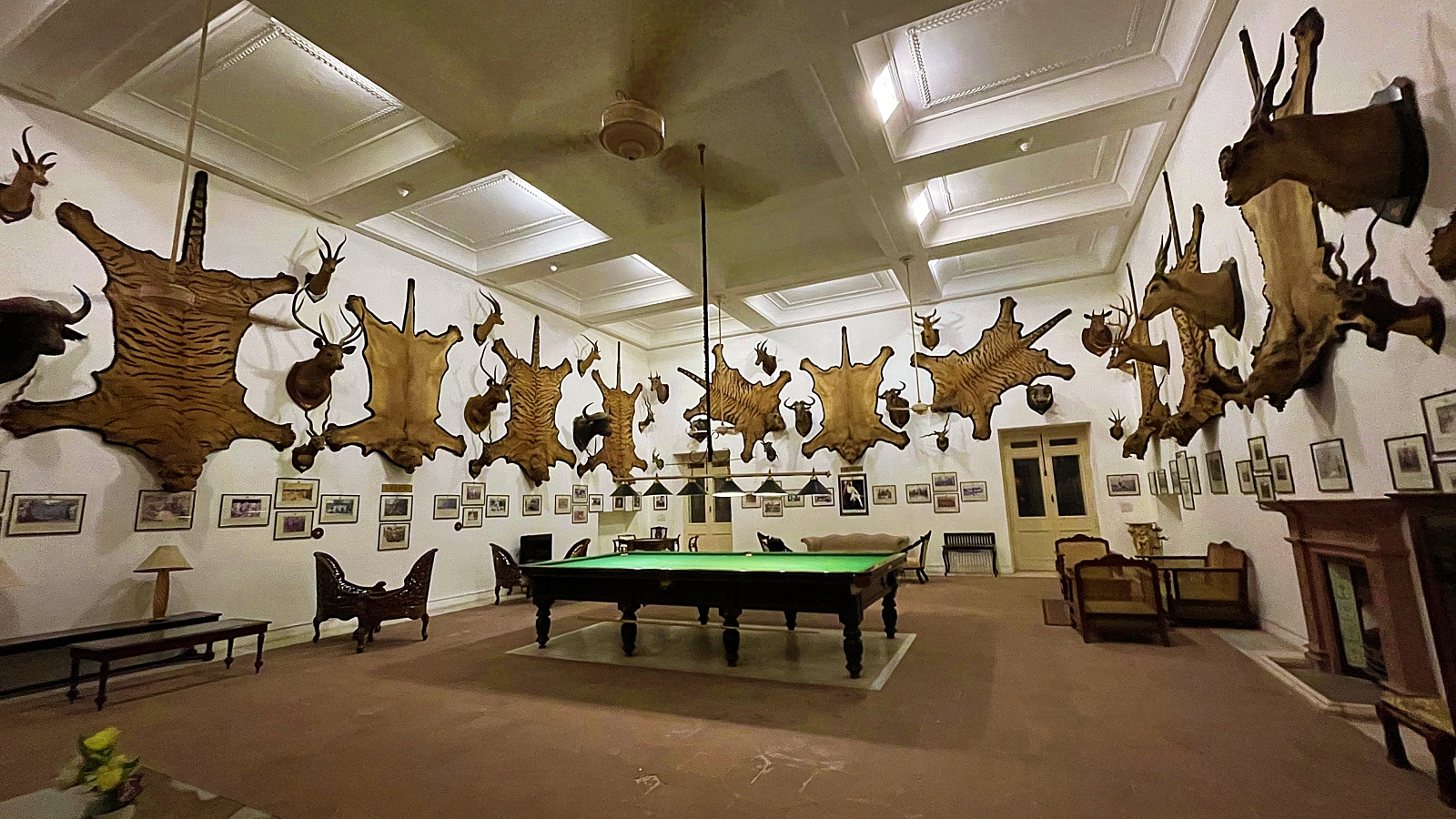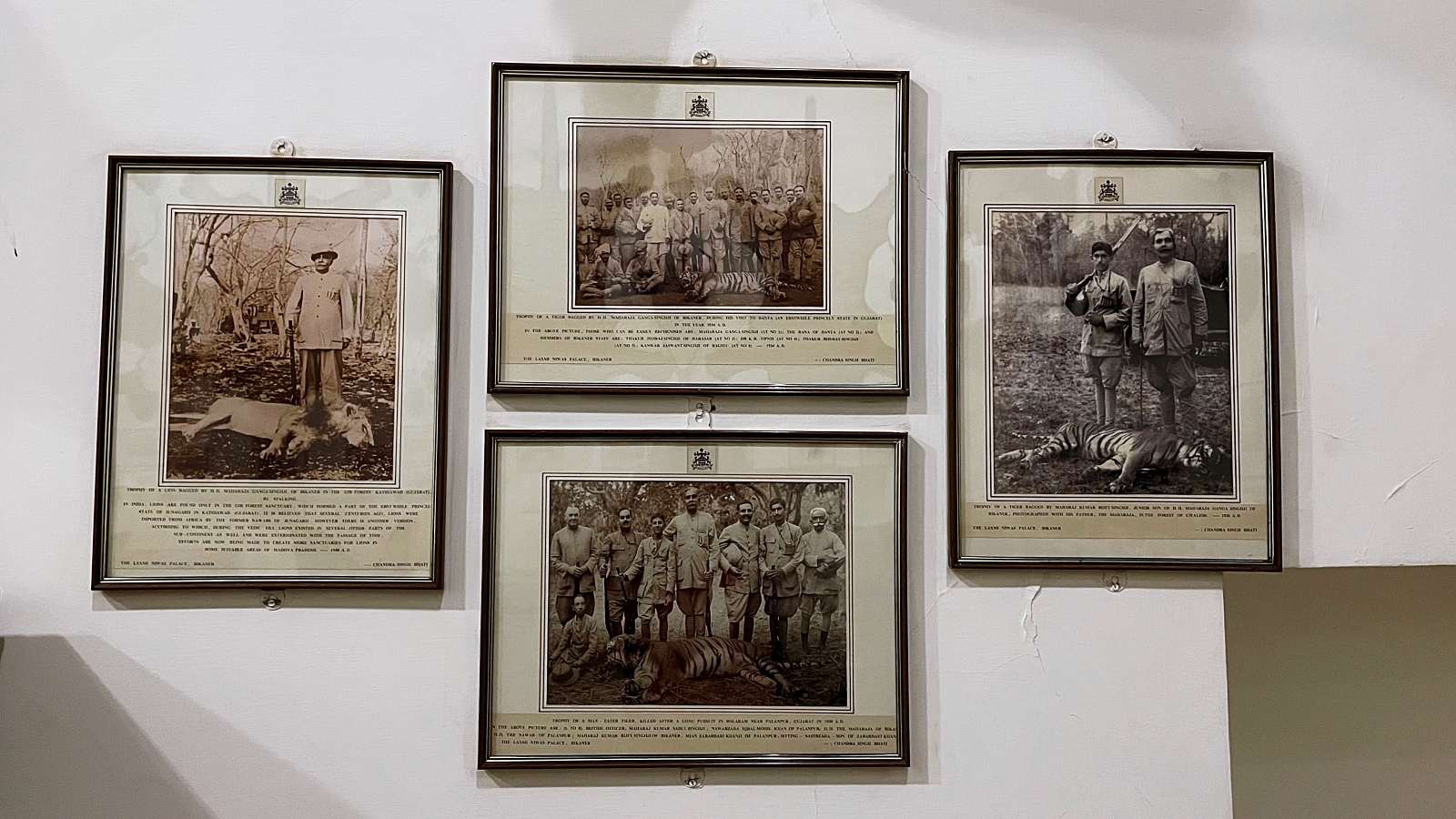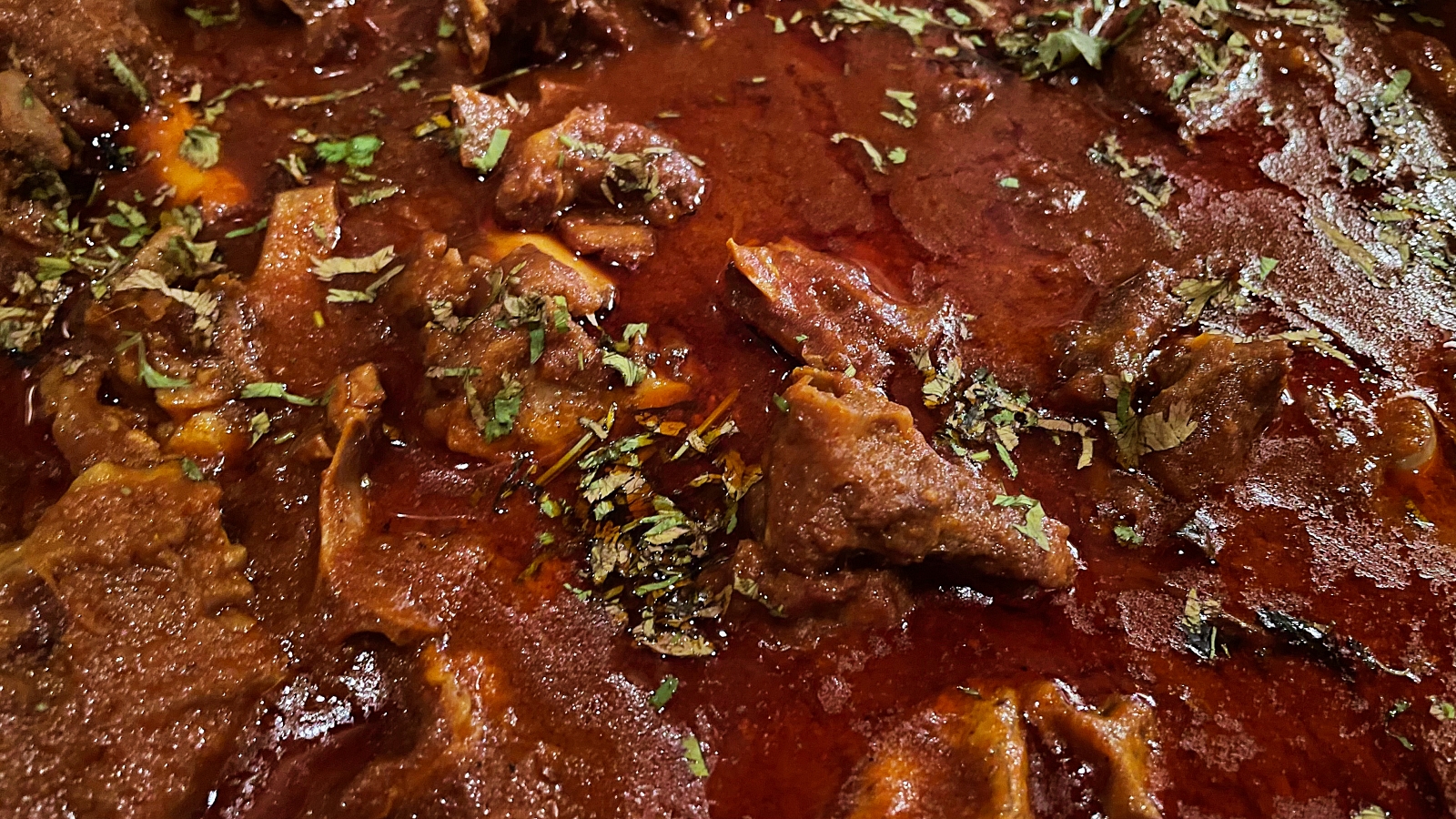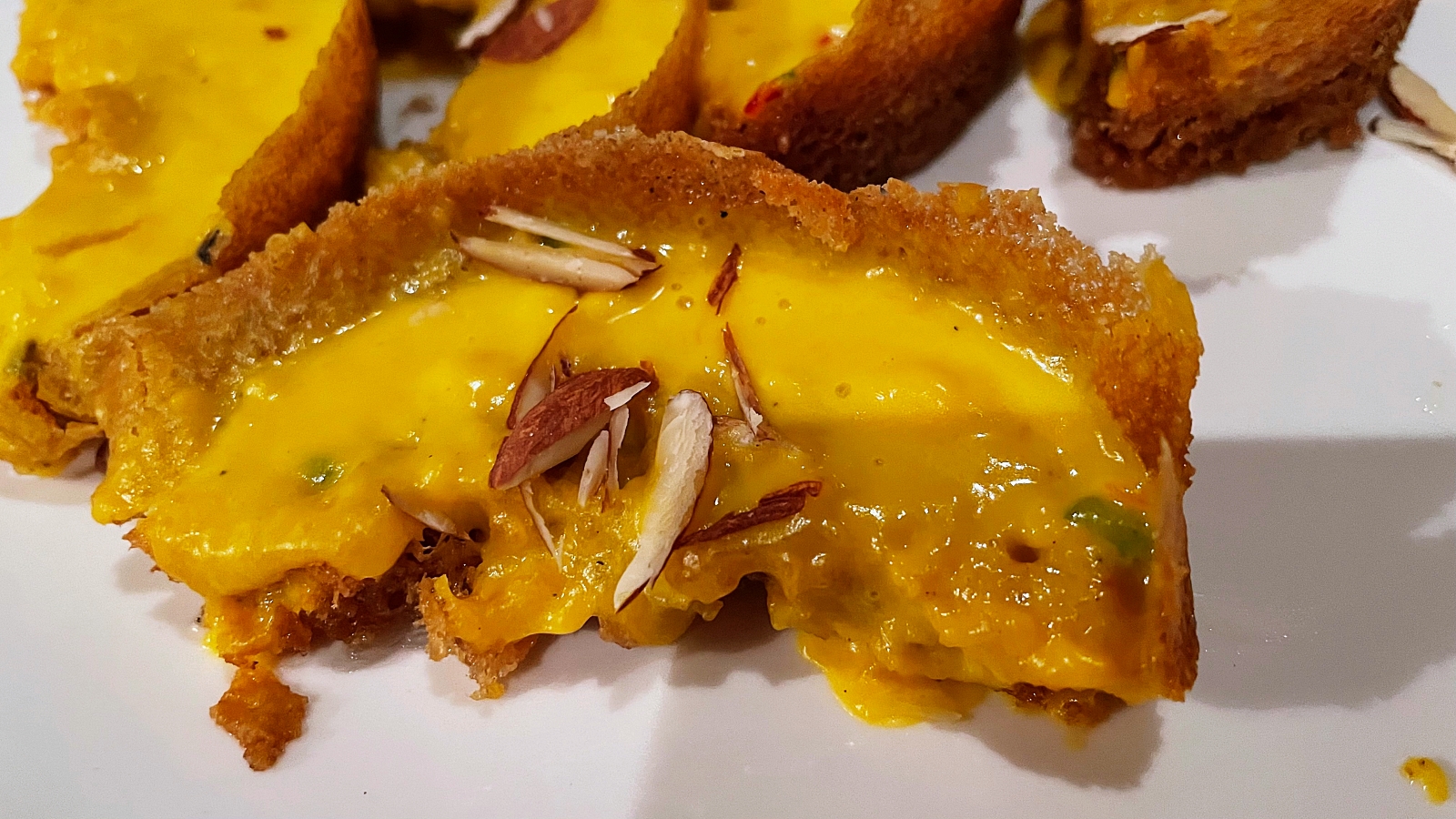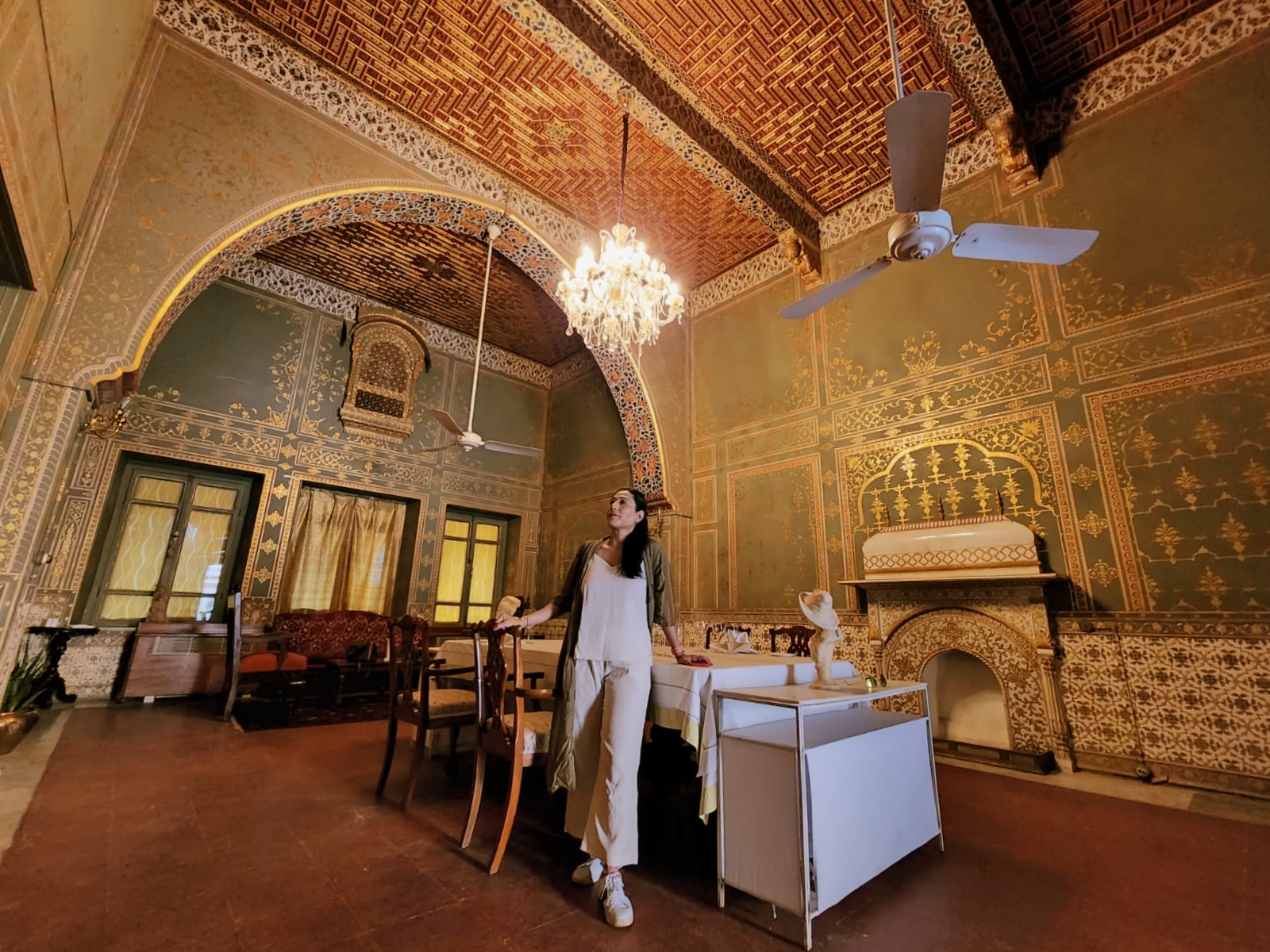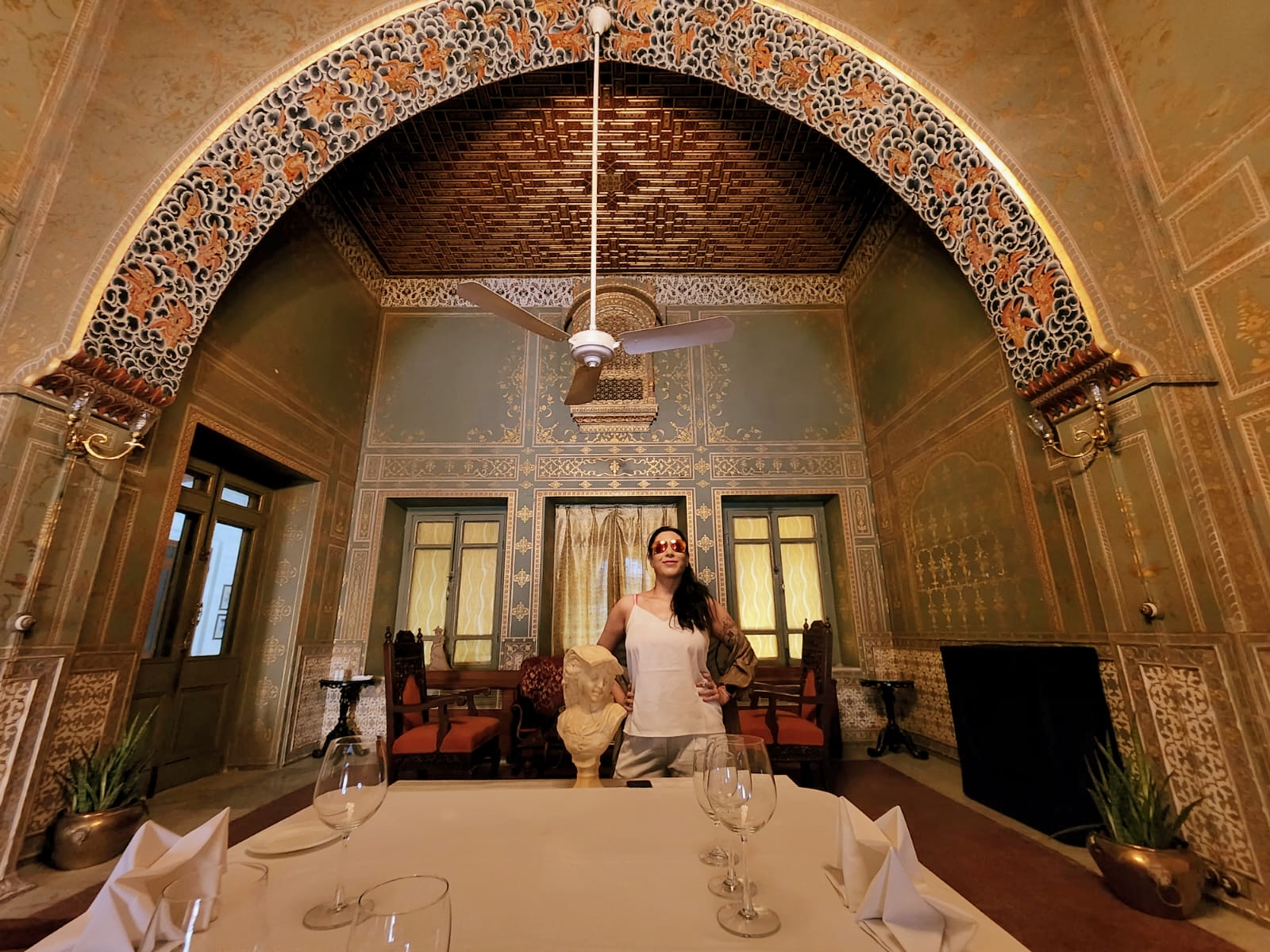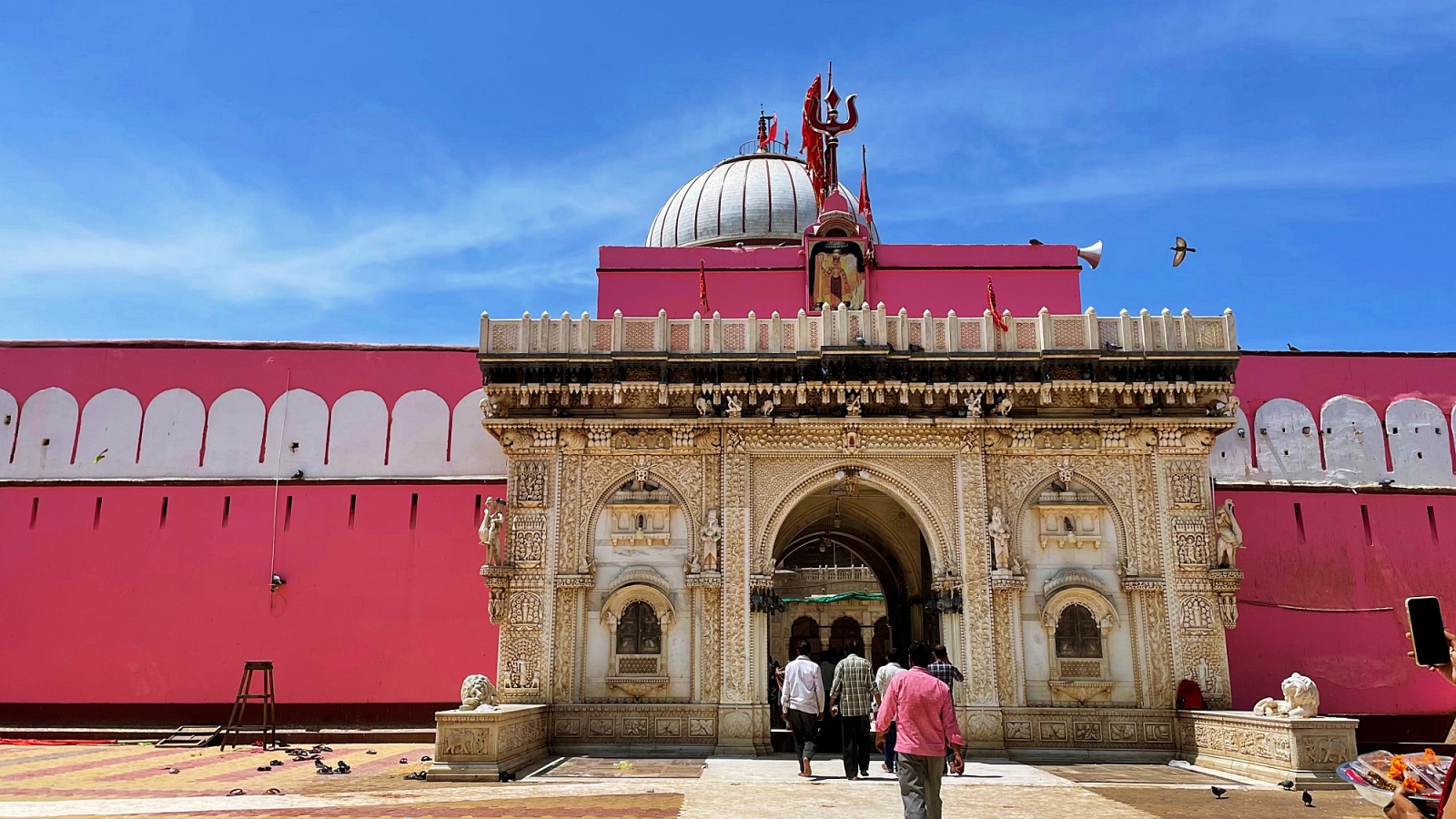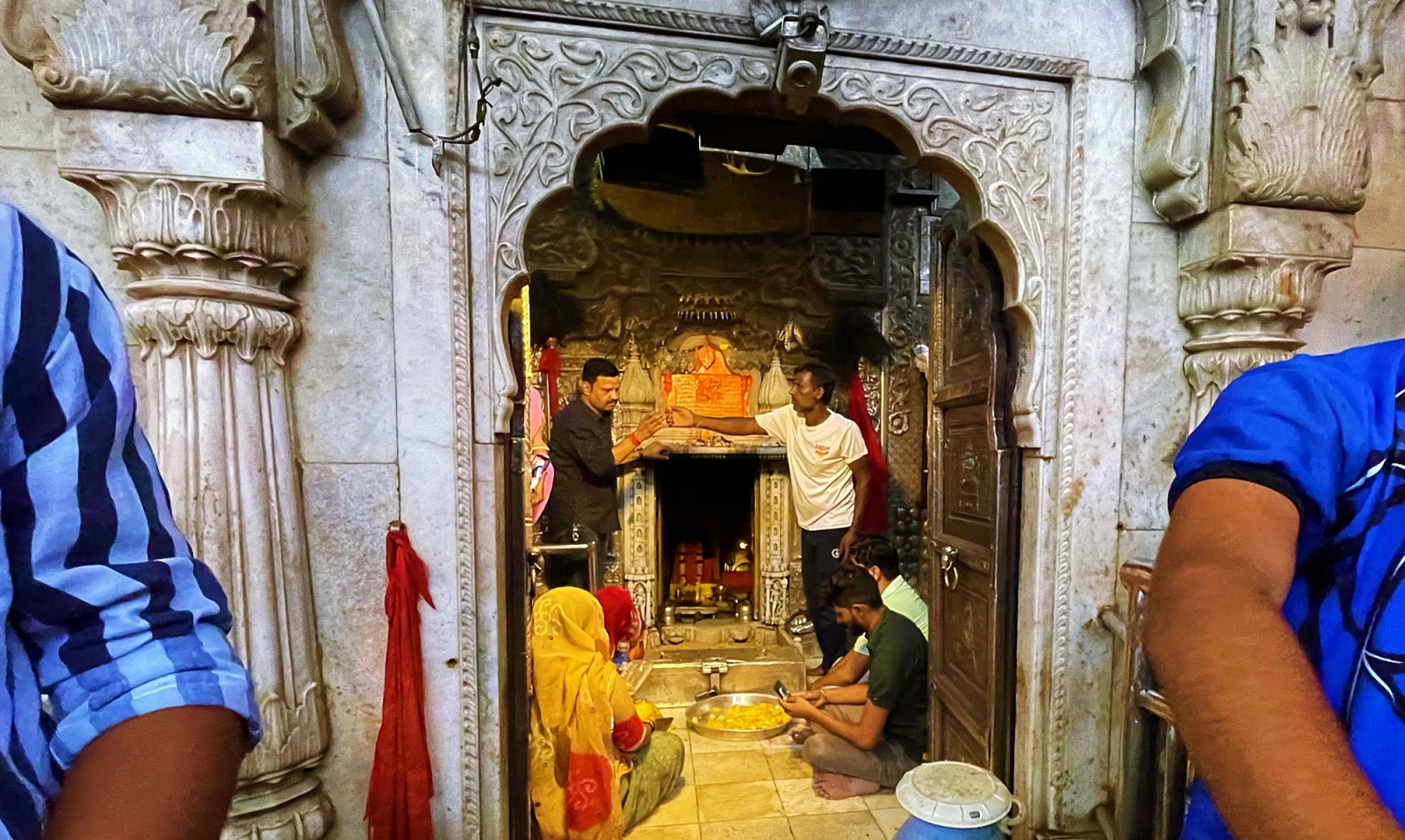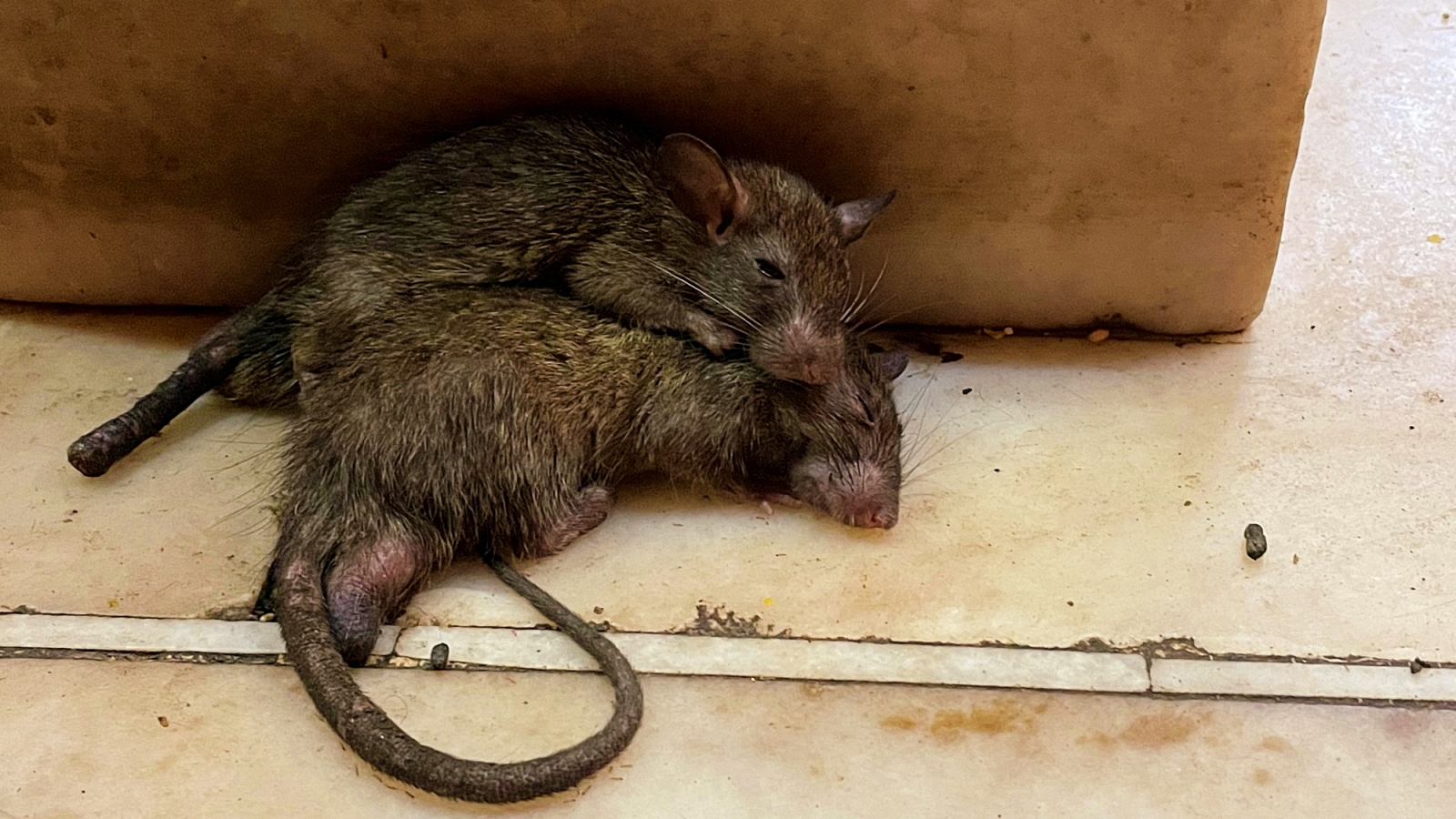Best Things To Do in Bikaner On Your Next Visit
Rajasthan is home to several grand cities, each of which tells a remarkable story about its illustrious past and heritage. On a recent epic journey to Rajasthan, I visited one of these cities, Bikaner in northwest Rajasthan, renowned for its delectable Namkeens, majestic forts, ornately decorated Havelis, and regal legacy. As I traversed its winding streets, the intricate street facades, and the tales of Rao Bika, who established it in 1488 CE, were a presence in the atmosphere. Although it started off as a small city, Bikaner has since become the 4th biggest city in Rajasthan. The descendants of the royal family still occupy a suite of the Lalgarh Palace, currently a heritage hotel in this walled desert city of Rajasthan.
Bikaner, the city of opulent merchant elite, was established in the 15th century and is filled with luxurious courtyard homes that form its historic core. Admire the many red sandstone buildings that are etched with exquisite Jaalis, Chajjas, and jharokhas in Rajput, Mughal, and British designs. Built by Raja Rai Singh in 1594 CE, the neighbouring Junagarh Fort (Chintamani) is a tribute to Bikaner’s rich past and rests on the site of Rao Bikaji’s previous 1478 fort (Bikaji Ki Tekri), now in ruins. As the sun rose on the royal city of Bikaner, I knew I was in for a treat. Everywhere my eyes went, I was greeted with a delightful sight.
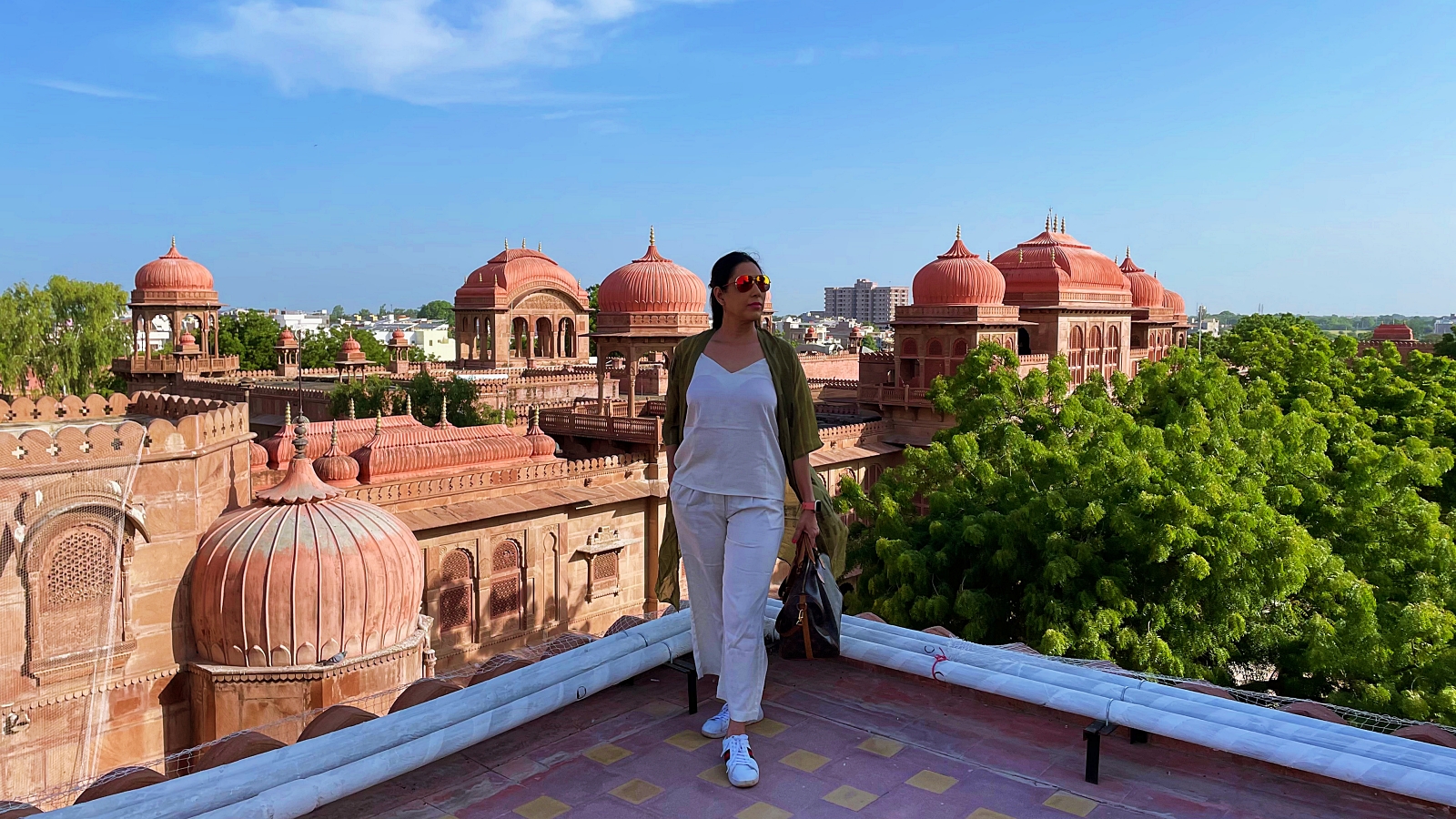
Temples, palaces, pavilions, and fortifications were dotted across the fort area and seemed to be telling tales of the magnificent past of Rajasthan’s former Maharanas. I couldn’t wait to explore and make the most of this golden opportunity, so I set off on a wild adventure, determined to savour all the unique experiences that Bikaner had to offer. From staying in a royal palace to sampling local delicacies, I was determined to have a day to remember. So, come join me on a journey in this city of wonders, and let’s explore all the splendour it has to offer!
Table of Contents
Stay at Laxmi Niwas Palace
Maharajah Ganga Singh’s opulent residence, the Laxmi Niwas Palace, was designed by British architect Samuel Swinton Jacob in 1902. With its Indo-Saracenic architecture, this majestic palace is now a luxurious Heritage hotel owned by the royal family of Bikaner – and what better place to stay to fully experience the grandeur of the city!
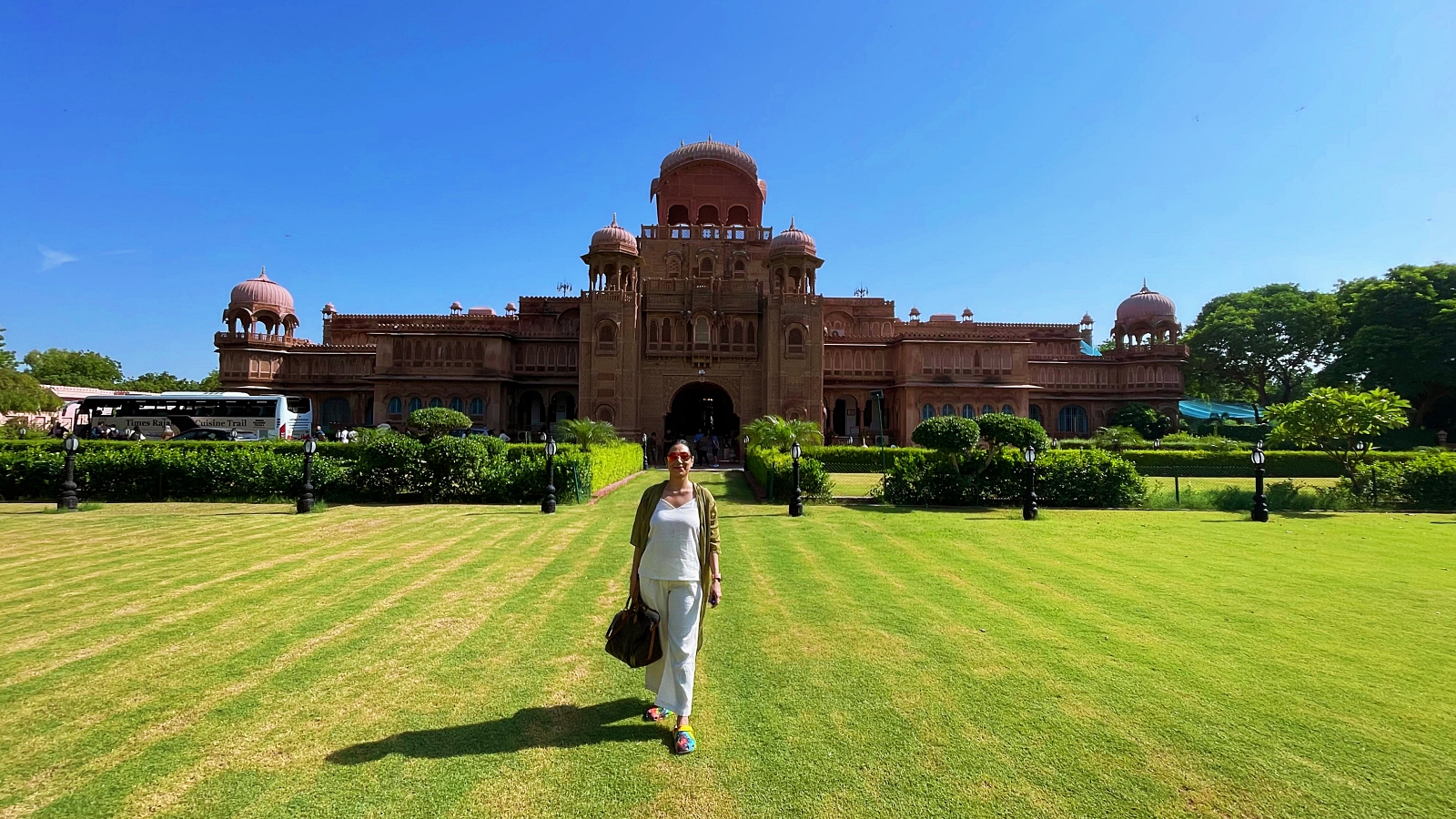
The Laxmi Niwas Palace is nothing short of incredible! Just like the movie Khoobsurat, its grand arches, the vintage grandfather clock, the sight of horses galloping around the lawn, and the charming romance between Fawad Khan and Sonam Kapoor, all make it an unforgettable experience. It’s truly like a trip to a time gone by, and I felt like royalty when I visited it.
Accommodation at LNP
As I arrived late in the evening, the courtyard was transformed into a magical place courtesy of the vibrant folk singers, classic Indian ghazals, kalbelian performers, and jugglers. All I wanted to do was hum and dance along to the melodious tunes and the friendly artists were more than ready to teach me a few lines and even show me some dance moves. What a spectacular evening it was!
On the second floor, my lavish suite for the night was fit for a Maharaja! With ornate jharokhas overlooking the luxurious bathtubs, extra seating, intricately carved ceilings, and delicate antique furnishings, including a majestic teak bed, it was truly a sight to behold. Most of the rooms boast furniture that has been around for almost a century, and the original design remains unchanged. Plus, you can enjoy stunning views of the sprawling Lallgarh estate.
Billiards Room
I meandered through the wide-open spaces of this grand hotel, ready to be regaled by the luxuries awaiting me. I could almost taste the delectable dinner that was being prepared and the cloches at the buffet were just a hint of the opulence that was to come. A stay here for the regal-seekers is truly an escape into a life of royalty. I peered into the billiards room, admiring the majestic tiger and lion skins draped across the walls. Wow, what a sight!
I may not have done the math, but I’m fairly certain there were at least 14 of them. All the swords and other armouries that could have been used during the hunts are proudly displayed in a cabinet to the right. In this room, billiards is a real game-changer, but Laxmi Niwas Palace also has other sports activities to offer, such as tennis courts, cricket fields, and indoor quads for all your sports-related needs.
Courtyard Dining
The Laxmi Niwas Palace is a veritable paradise for those seeking out tantalizing Marwari thalis and colonial-style fares! The Laal Maas cooked in Gulmohar flowers is a dish that’s renowned for its delectable flavour, and the other dishes such as Ravri Ghewar, Marwari Gatta Pulao, and Paneer Mathiana are equally delicious.
Indulge in a royal experience and treat yourself to the exquisite Swarna Mahal for lunch! Enjoy a spectacular traditional Rajasthani thali and other mouth-watering regional delicacies. Not just a commoner’s restaurant, the walls of this majestic eatery are an intricately decorated tempera frieze of hunting scenes from the past, while the antique Burmese teak-panelled roof is beautifully adorned with usta art.
The Bar
The bar was adorned with a motley of meticulously chosen royal hunting trophies, making it a sight to behold. Between the enormous heads of a rhinoceros and a Nepalese bison, that hung majestically above the solitary mahogany beam serving as the bar, a plethora of wildlife surrounded me. Pairs of lionesses, Royal Bengal cats, deer, tigers, and a few spine-tingling coyotes adorned the walls, while a majestic leopard was proudly displayed in its vitrine. I could not help but feel I had missed out by not spending at least three nights there.
Terrace & Pool of Laxmi Niwas Palace
Laxmi Niwas Palace is a sight to behold – from the terrace’s captivating views of the Lalgarh Estate, to the vibrant pink architecture, characterised by chattries basking in all that sunshine amongst luscious greenery. But, wait, there’s more – a hundred years ago, a terrace of granite was built and it has been a marvel ever since. Then, for a total contrast, the pool’s entrance gives off a club-like vibe, with a dazzling 52-colour tile imported from Italy, which despite 124 summers of wear, remains just as vivid and impressive as ever.
Gulab & Rajat Mahal
The Gulab Mahal stole my heart! During the rule of His Highness Ganga Singh Ji, this was the designated gathering place boasting marble walls adorned with a lotus design. Four grand columns support the ceiling, with each deity carved at the bottom to help with decision-making. At the rear of the space lies a private dining area, perfect for both conferences and feasting. The magnificent grating fireplace and teak wainscoting are still as beautiful as ever today! The Rajat Mahal, which served as the royal smoking room, also caught my eye.
As I stood in awe of the majestic Rajat Mahal, I took in the stunning Usta artwork, the red and gold-painted teak ceiling, and the marble fireplace with its 18kg of gold enamelling. The original friezes depicted a divine assembly of angels, raginis, and gods hovering over dramatic scenes of nature’s fury. My tour of the Laxmi Niwas Palace was a visual delight, with its etched glass from Belgium, a porch carved from 46 tonnes of sandstone, and a four-story-high vertical garden of flowering vines and orchids. As I snapped some photos in the lobby, I knew my journey had come to an end.
Chhotu Motu Joshi
The world-renowned Bikaneri Bhujia – with its GI tag to guard its originality – is Bikaner’s most celebrated snack. But this is just the tip of the culinary iceberg.
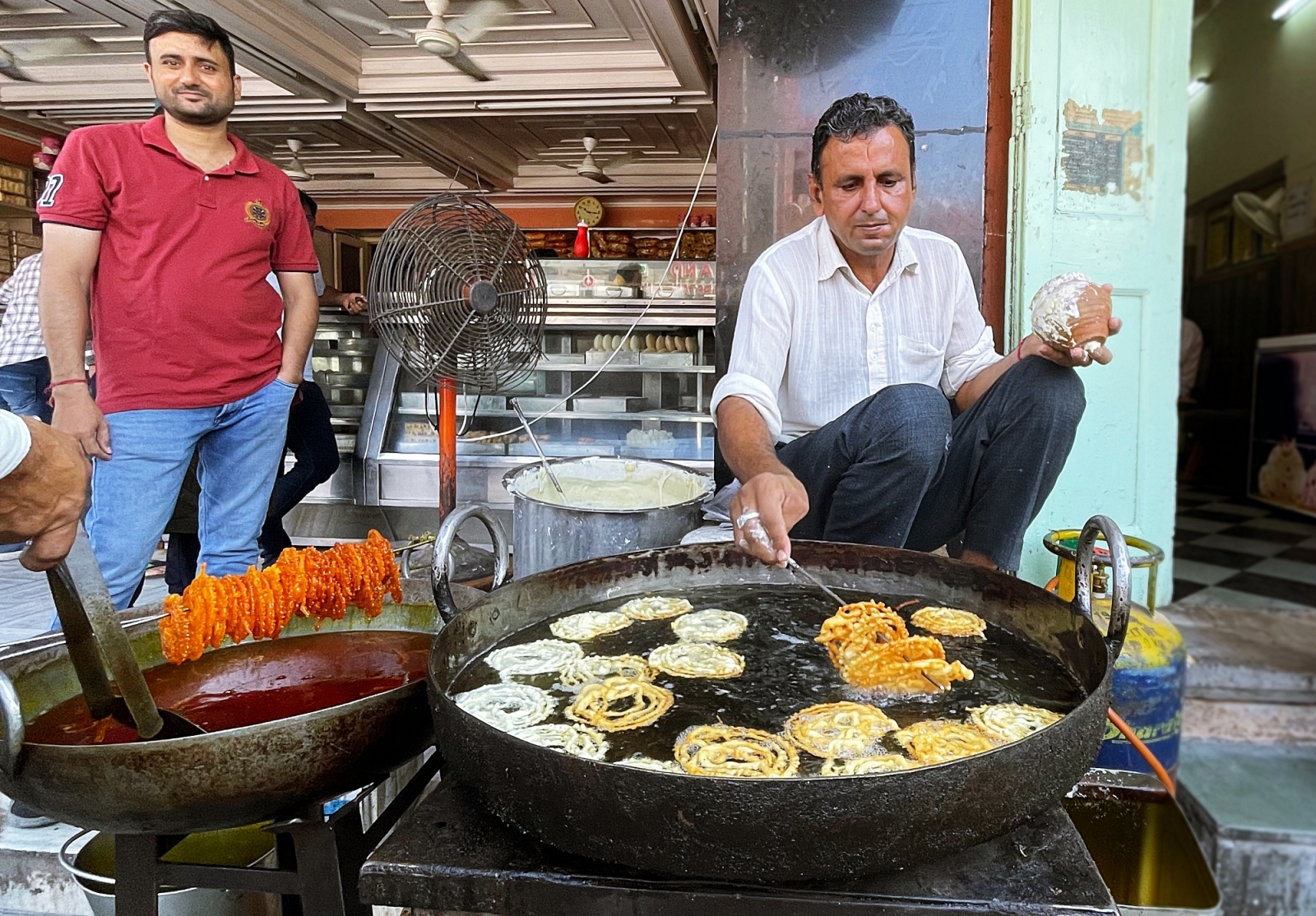
Bikaner is also known for its Bajre ki Roti, Dal Baati Churma, Ghevar, Halvas, Papadum, Rasgulla, Gulab Jamun, Kachori, and Samosa. Savour these delicacies and you’ll see why Bikaner is renowned for its delicious cuisine!
Chunnilal Sharbat Wala
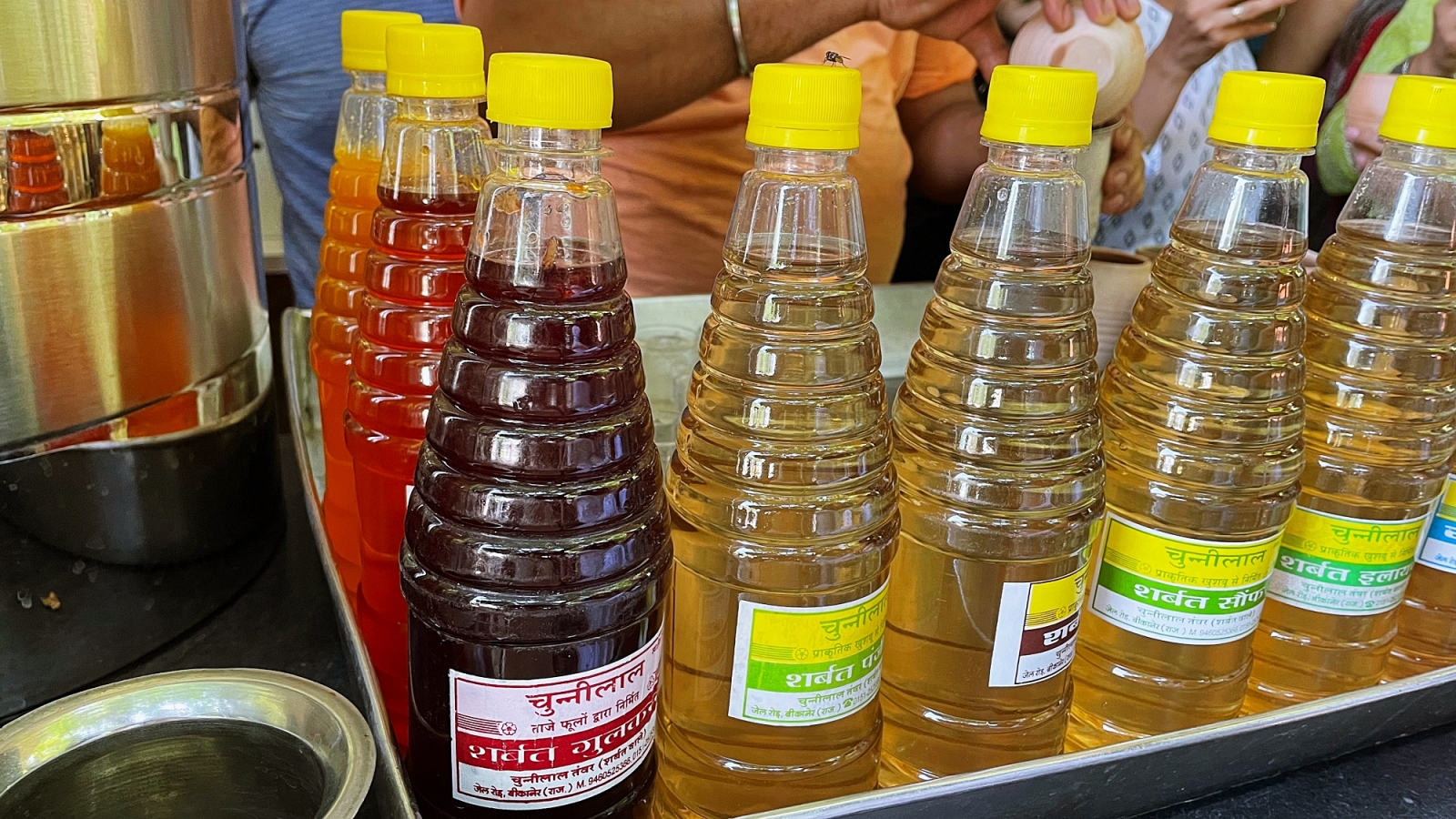
If you’re looking for an unforgettable Bikaner experience, an uncontrolled breakfast at Chhotu Motu Joshi with poori-kachori-jalebi is a must – followed by a sip of the delicious Bela and White rose Sharbat from Chunnilal Sharbat Wala!
Shop at local markets
Visit Bada Bazaar in Old Bikaner for bangles and Kundan jewellery, Khajanchi Market for sarees with leheriya prints, and Laxminath Market for handicrafts. The leather, sarees, and textiles of the desert-encircled Bikaner are its best-known exports. The best place to go if you’re only looking for fabric is Labhuji Ka Katla in Kote Gate, where you will also find embroidered juttis and wooden artefacts. Mahatma Gandhi Road is a fantastic place for a little bit of everything.
Visit nearby places
Bikaner is teeming with magnificent temples, stunning Havelis, and awe-inspiring palaces. Among these extraordinary sites, the Karni Mata Rat Temple in Deshnoke, located 30 kilometres away from Bikaner, is particularly noteworthy. This temple is dedicated to the cherished goddess Karni Mata, believed to be a manifestation of Durga. Although it may seem like there are rats roaming around the shrine, the locals will be quick to let you know that these are actually Kaabas.
Legend holds that the human embodiments of the Kaaba were once devoted disciples of Karni Mata, feeling that the brevity of life had not done justice to their devotion. Noteworthy among other temples are the Mukti Dham Mukam, where the Bishnois find reverence, as well as the Bhandasar Jain Temple, renowned for its breathtaking frescoes, leaf paintings and intricately crafted mirror work. Last but not least, is the Shri Laxminath Temple, a beloved structure erected by the Maharaja Rao Lunkaran, making it one of Bikaner’s most ancient sites.

